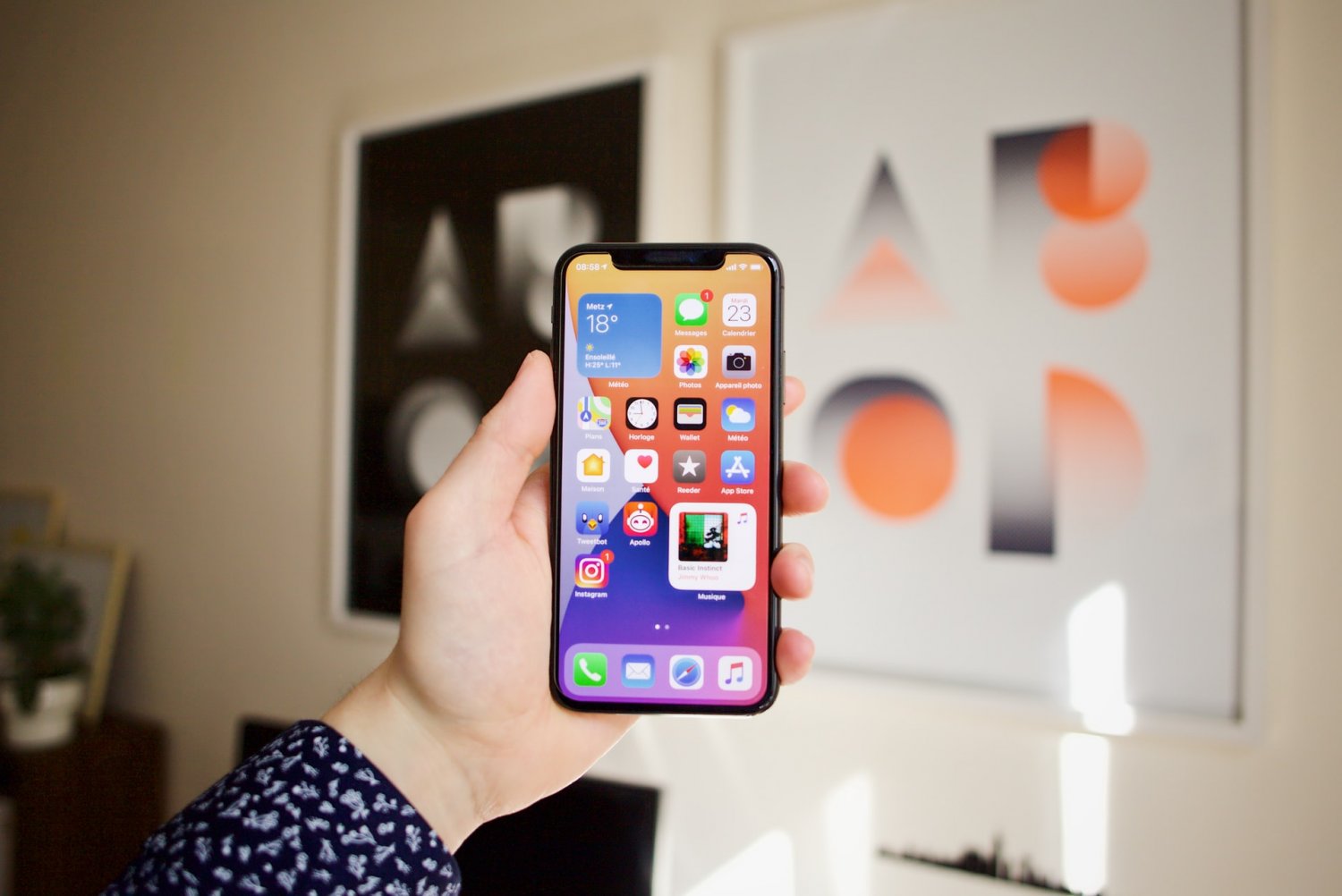March 26, 2021
Ah, Apple. Going through updates quicker than DiCaprio goes through girlfriends. With a customizable home screen, a new app library, compact call notifications, and a facelift to the Messages app – everything about the iOS 14 release looked bright and promising.
But on that day, everyone – every single publisher, every advertiser, every social network, every small business owner who spends $50 a month on location-based targeting – was impacted.
Back in May 2020 I was asked, “Maya, do you think we could target people in the UK based on their location, specific interests, and online behaviours?” My answer was yes. But when this question cropped up again the following month my answer was, “you know what? I’m not so sure anymore.”
Life before iOS 14
Social networks used to be the playground for online marketers. Whatever the brief, characteristic, profile, or request, we could find the right group of people who would be most likely to enjoy what we were selling. This meant we were sparing people from having to view ads that were the complete opposite of what they were likely to buy (55-year-old men seeing feminine products? No thank you!)
How did we get to a point where we were able to do all those things? How did we manage to pinpoint the exact audience and expose only them to our messaging? The answer is consent.
Online advertising market leaders kept improving their targeting and reporting capabilities to the point where it seemed like there’s no hiding from ads, and at the same time, legal measures were introduced, so publishers and advertisers were legally ‘covered’.
Honestly, I can’t think of a single website out there that isn’t asking me for my consent to track me. But I have the power to agree or disagree, allow or reject, access that website’s content, or leave right then and there and never return. Right?
In 2018, the European Union passed the most comprehensive data protection law ever introduced – GDPR. Two years later, California passed a similar version of its own – CCPA federal privacy law. Their purpose? To establish additional protection for individuals and set the right to access Personal Identifiable Information (PII).
Surely, you must be thinking, this is great news for online marketers because we can continue to target people who agree to, or ban, the sharing of data. Sadly, not quite.
Another update, another privacy policy
In June 2020, the ever-changing Apple announced that a new OS version was coming to an iPhone near you – iOS 14. And with a new update comes a new privacy policy.
Apple’s new privacy update meant that every advertiser suddenly had their exposure potential seriously damaged. According to Apple themselves, the update states that,
“Privacy is a fundamental human right. That’s why with iOS 14, we’re giving you more control over the data you share and more transparency into how it’s used.”
In short, every user downloading an app would become familiar with the data the advertiser wants to know about them. They’d know what data is collected and stored for proper app functionality, and the data that’s used for tracking purposes – ads.
After downloading, users are prompted with the following message:

If they select “Allow” their data would be used for tracking purposes.
If they select “Ask app not to track” their data wouldn’t be used for tracking purposes.
Other additional measures such as changes to reporting, data breakdowns, and the ability to gain insights were also introduced.
To most, this was doom followed by gloom. But not at Bazaarvoice. Here, lightbulbs were going off left, right, and center – we realized this was a golden opportunity to turn apple into apple juice.
How Bazaarvoice approached iOS 14 data compliance
“Trust” is one of the Bazaarvoice core values – something we take immense pride in. We take consumer trust so seriously, in fact, that establishing consumer trust for your brand is one of the solutions we offer.
So we opted to establish a task force (codename: iOS-force-teen) between teams who don’t regularly work together and launched a thorough learning process. We asked ourselves – how are we currently working, what do/don’t we like about it, how do the new measures fit in, and how can we use them to our advantage?
We used this opportunity to make sure our privacy policy was up to date and included the new measures as well as updating our App Store front.
In an extra effort to make sure we were in compliance, we wanted to make sure someone had our back and kept a close eye on us. Therefore, we partnered with Branch, a certified measurement partner. Branch’s solutions allowed a smooth integration with our internal tools and apps and it meant that as advertisers, we gained a certified Facebook, TikTok, Pinterest and Google partner.
Now, if tomorrow someone were to ask me, “Maya, do you think we could target people in the UK based on their location, specific interests, and online behaviours?” I’ll say “You know what, we gave it our all and came up with the best possible solution. So yes!”
Because ultimately, while it may not be your first choice, it’s healthy to get out of your comfort zone every once in a while, especially when it comes to data protection and privacy laws. Doing so brings a sense of urgency and top-notch creativity, that contributes to the creation of new ideas, establishes consumer trust, and leads to some amazing solutions.
We’re iOS 14 ready – are you?
Did you know that once a consumer loses trust in a brand, 82% said they would avoid using the brand again? Watch our How to grow and protect consumer trust webinar to learn the nuances of brand trust and authenticity.





